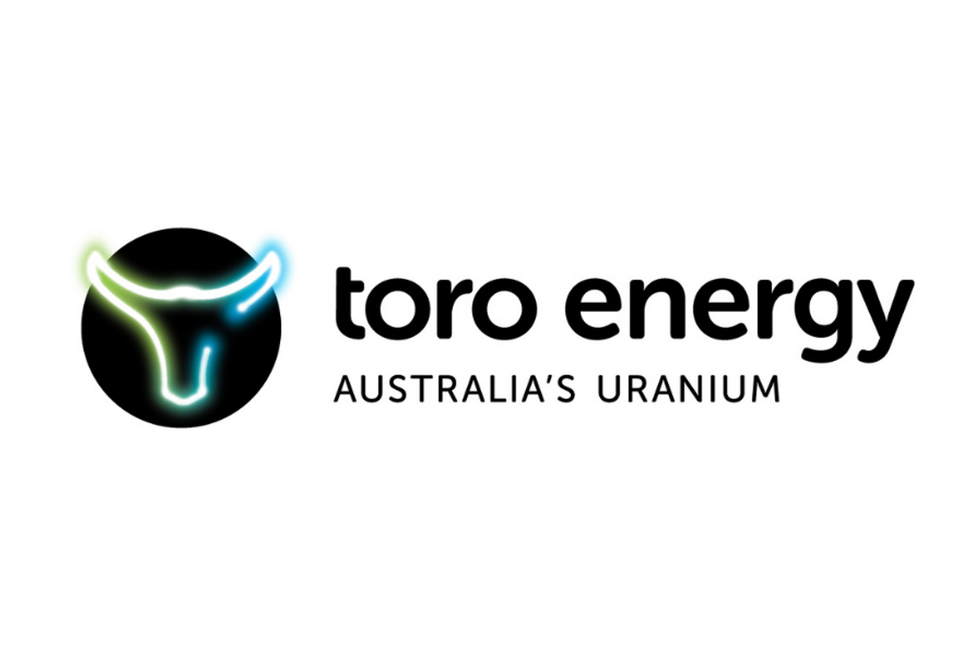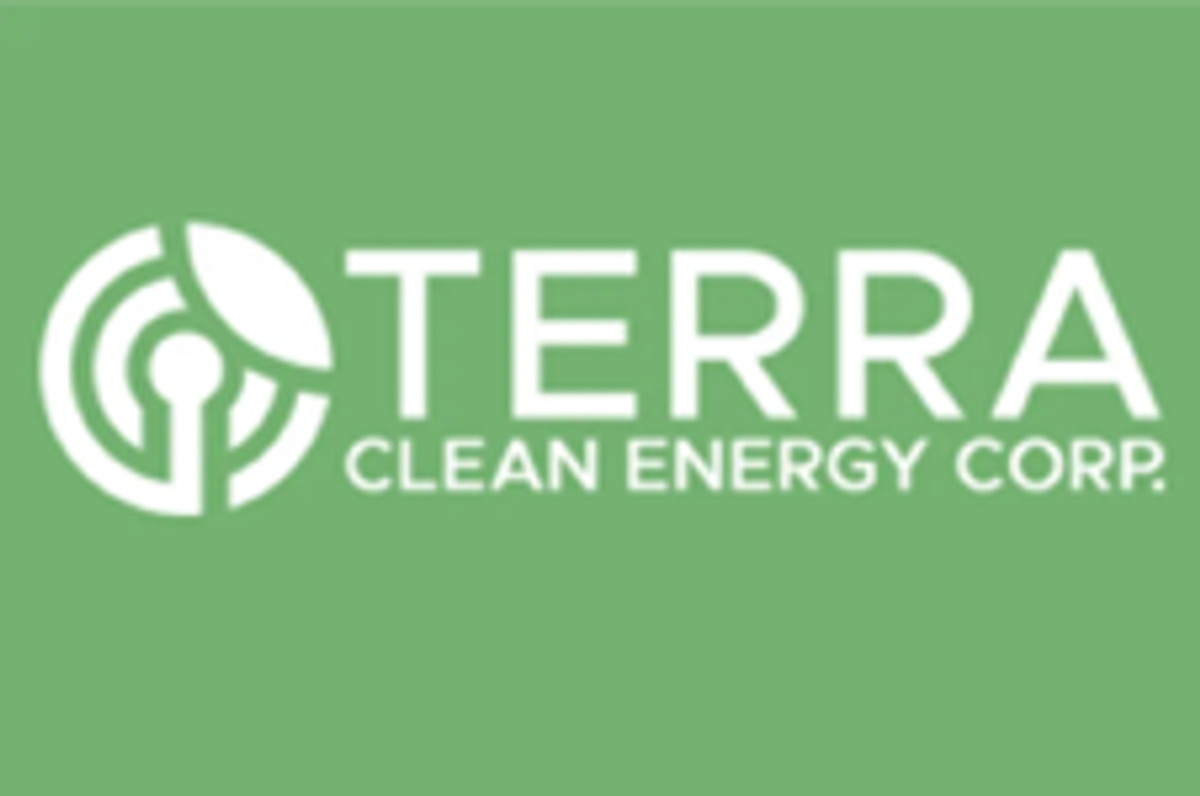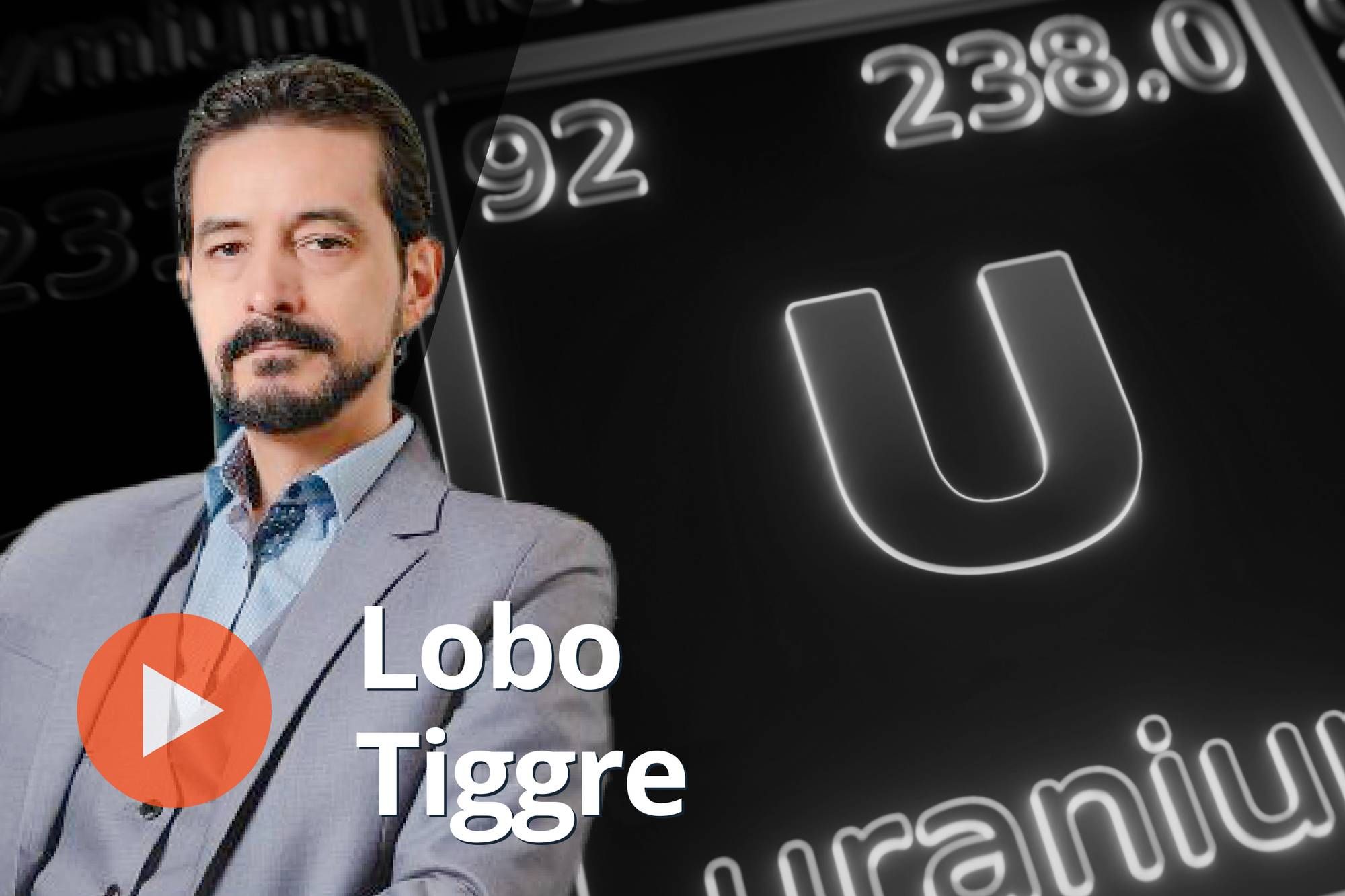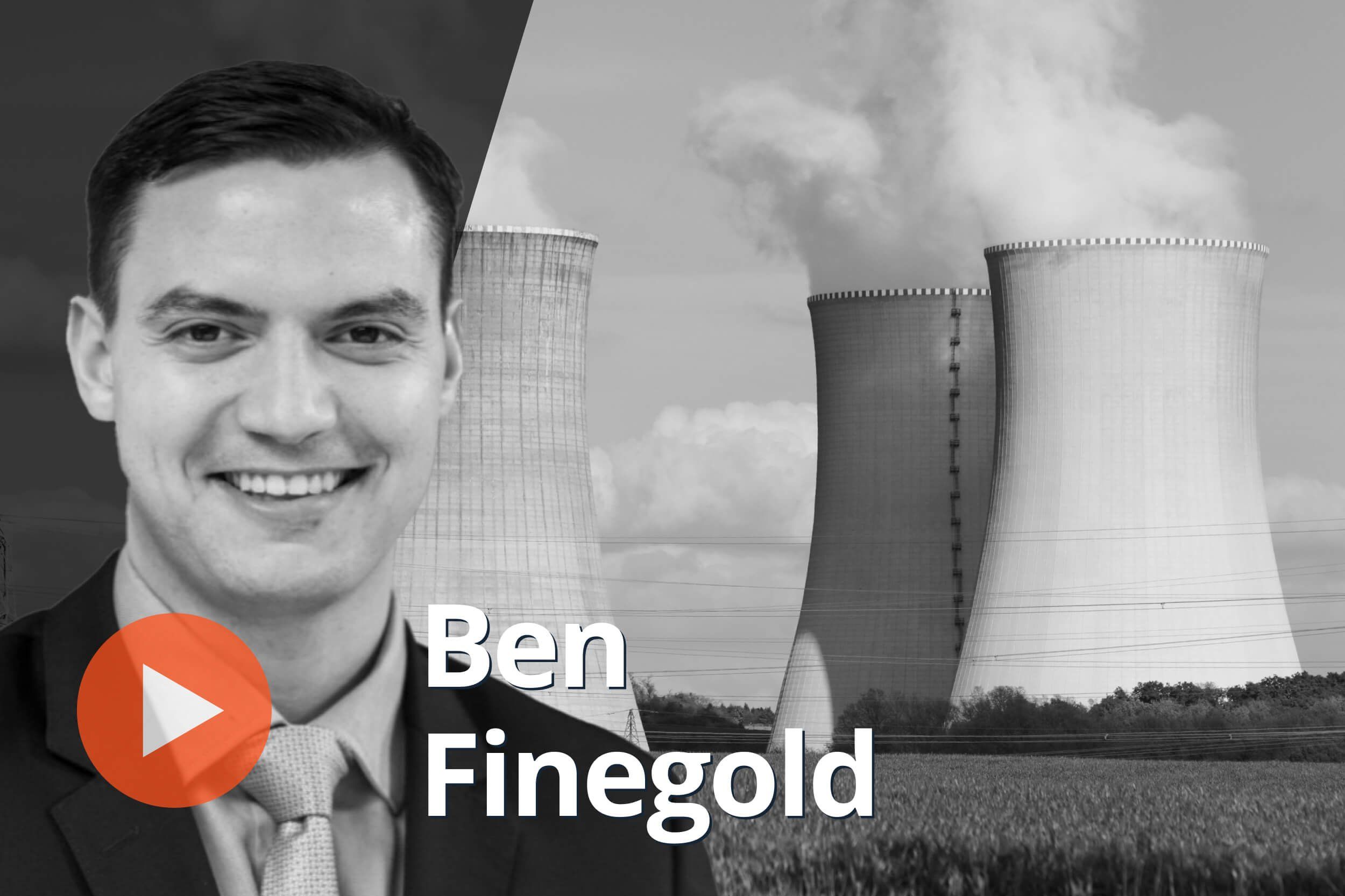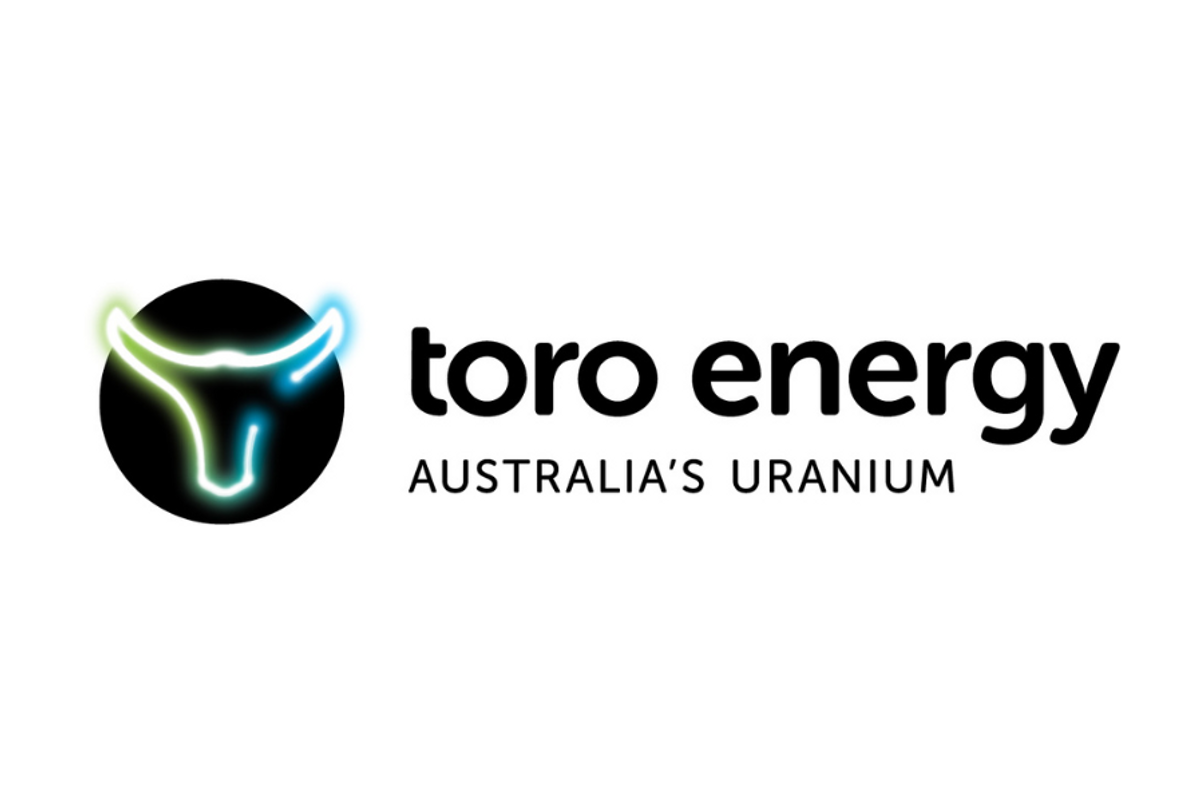
March 06, 2024
Rapidly improving market leads Toro to lower the cut-off grade and expand the stated uranium (U3O8) and vanadium (V2O5) resources at the Lake Way and Centipede-Millipede Deposits by up to 25% U3O8.
Toro Energy Limited (ASX: TOE) (‘the Company’ or ‘Toro’) is pleased to announce that the Company has decided to expand the stated uranium (as U3O8) and vanadium (as V2O5) resources at both the Centipede-Millipede and Lake Way uranium-vanadium (U-V) deposits (Figure 1) by reducing the stated U3O8 and V2O5 resource cut-off grades at these two deposits to 100ppm from 200ppm.
- Rapidly improving uranium market is driving significantly improved economics at the Wiluna Uranium-Vanadium (U-V) Deposits.
- As a result Toro has lowered the U3O8 and V2O5 cut-off grade for the stated resources at the Lake Way and Centipede-Millipede U-V Deposits from 200ppm to 100ppm, which effectively expands the stated resource and lowers the average grade.
- The stated Centipede-Millipede U3O8 resource expands by 25% or 5.98Mlbs to 29.95Mlbs contained U3O8, with a reduction in average grade to 351ppm U3O8.
- The stated Lake Way U3O8 resource expands by 15% or 1.79Mlbs to 14.12Mlbs contained U3O8, with a reduction in average grade to 406ppm U3O8.
- The stated Centipede-Millipede V2O5 resource expands by 17% or 6.6Mlbs to 45.2Mlbs contained V2O5, with a reduction in average grade to 281ppm V2O5.
- The stated Lake Way V2O5 resource expands by 9.5% or 1.1Mlbs to 12.7Mlbs contained V2O5, with a reduction in average grade to 307ppm V2O5.
- The Lake Maitland deposit will be re-estimated to better define the resource at the new cut-off grade before restating the resource and re-calculating the total Wiluna Project resources at the new cut-off grades.
- The lower cut-off grade will also allow for better comparison with Toro’s industry peers, many of whom also state uranium resources at a 100ppm U3O8 cut-off.
Management Commentary
Commenting on this excellent news Toro’s Executive Chairman, Richard Homsany, said:
“Toro’s commitment to fast-track the development of the Wiluna Uranium Project towards production, amongst the backdrop of a rapidly strengthening uranium market, continues to unlock considerable value. The stated resource expansion and ongoing pilot plant work are important pillars of our refreshed feasibility study and will further demonstrate the significant returns on offer at Wiluna.
It is becoming more evident that the environmental permits at Wiluna require augmentation to cater for the paradigm shift in the potential economics and enhanced environmental values of the Project that have resulted from our vastly improved metallurgical flowsheet. As a product of our focused and cost effective work since Wiluna was permitted in 2017, the potential feasibility of Wiluna has been transformational and grown in value through our R&D efforts.
Importantly, Toro remains on track to align the finalisation of our optimal development strategy at Wiluna with the potential shift on government policy regarding uranium development in WA.
It may be the case that the uranium-vanadium deposits at Wiluna are developed at one single processing operation or via multiple simultaneous processing operations. A potential stand-alone Lake Maitland operation presently differs from the permitted greater Wiluna Uranium Project in that it contemplates a different processing flow sheet with major changes to the processing plant and reagent volumes, and a simpler more conventional mining method.
The outcome of Toro’s evaluation of this optionality, which is to identify the most financially feasible development for its shareholders, will drive our approach to seeking any revision to the regulatory conditions under which we are permitted to operate.
Toro looks forward to providing further updates on our development and value creation within its asset portfolio. Toro is strongly funded and well positioned to deliver on its stated milestones.”
The decision to reduce the cut-off grade is in response to a rapidly changing uranium market towards positive economics for Toro’s uranium resources, potential mining scenarios with pit boundaries beyond current stated resource cut-off grades and to allow for better comparison of Toro’s total resource base to that of its uranium peers, many of whom also report stated resources at a 100ppm U3O8 cut-off.
Click here for the full ASX Release
This article includes content from Toro Energy, licensed for the purpose of publishing on Investing News Australia. This article does not constitute financial product advice. It is your responsibility to perform proper due diligence before acting upon any information provided here. Please refer to our full disclaimer here.
TOE:AU
The Conversation (0)
12 October 2025
IsoEnergy to Acquire Toro Energy
Toro Energy (TOE:AU) has announced IsoEnergy to Acquire Toro EnergyDownload the PDF here. Keep Reading...
12 October 2025
Joint Investor Presentation
Toro Energy (TOE:AU) has announced Joint Investor PresentationDownload the PDF here. Keep Reading...
12 October 2025
IsoEnergy to Acquire Toro Energy, Strengthening a Top-Tier Uranium Portfolio in a Rising Market
PERTH, Australia - Oct. 13, 2025 - IsoEnergy Ltd. ("IsoEnergy") (NYSE American: ISOU) (TSX: ISO) and Toro Energy Ltd. ("Toro") (ASX: TOE,OTC:TOEYF) are pleased to announce that they have entered into a scheme implementation deed (the " SID ") pursuant to which, among other things, IsoEnergy has... Keep Reading...
31 July 2025
Quarterly Activities and Cashflow Report June 2025
Toro Energy (TOE:AU) has announced Quarterly Activities and Cashflow Report June 2025Download the PDF here. Keep Reading...
27 May 2025
Updated Scoping Study Results Lake Maitland Uranium Project
Toro Energy (TOE:AU) has announced Updated Scoping Study Results Lake Maitland Uranium ProjectDownload the PDF here. Keep Reading...
07 January
Denison Mines Poised to Begin Construction on Phoenix Uranium Project
Denison Mines (TSX:DML,NYSEAMERICAN:DNN) is ready to move forward with construction of its flagship Phoenix In-Situ Recovery (ISR) uranium project in northern Saskatchewan, pending final regulatory approvals.The project, which is part of the Wheeler River property and expected to begin... Keep Reading...
06 January
US Awards US$2.7 Billion to Expand Domestic Uranium Enrichment
The US government on Monday (January 5) allocated billions of dollars to revive domestic uranium enrichment, accelerating Washington's efforts to reduce reliance on foreign supply.The US Department of Energy (DOE) said it will award a total of US$2.7 billion over the next decade to three... Keep Reading...
23 December 2025
Lobo Tiggre: Supply Tight, Demand Strong, What's Next for the 2026 Uranium Market?
Lobo Tiggre, CEO of IndependentSpeculator.com, described uranium’s key role in providing baseload energy, a narrative that is only being heightened by added artificial intelligence data center and electric vehicle (EV) demand projections. “The use case is baseload power. There’s no substitution,... Keep Reading...
22 December 2025
Ben Finegold: Uranium in 2026 — Price Outlook, Plus Stocks, Supply and Demand
Ben Finegold, head of research at Ocean Wall, shares his 2026 outlook for uranium supply, demand and prices, emphasizing that the nuclear energy story remains strong. While 2025 brought little movement in the spot price, he believes the stage is set for higher numbers. Don't forget to follow us... Keep Reading...
19 December 2025
Denison, Skyharbour Finalize Saskatchewan Uranium Joint Venture Deal
Denison Mines (TSX:DML,NYSEAMERICAN:DNN) has closed a previously announced deal with Skyharbour Resources (TSXV:SYH,OTCQX:SYHBF) that repurposes a large block of uranium exploration ground surrounding Denison's flagship Wheeler River project in Northern Saskatchewan.The recent transaction... Keep Reading...
Latest News
Interactive Chart
Latest Press Releases
Related News
TOP STOCKS
American Battery4.030.24
Aion Therapeutic0.10-0.01
Cybin Corp2.140.00
